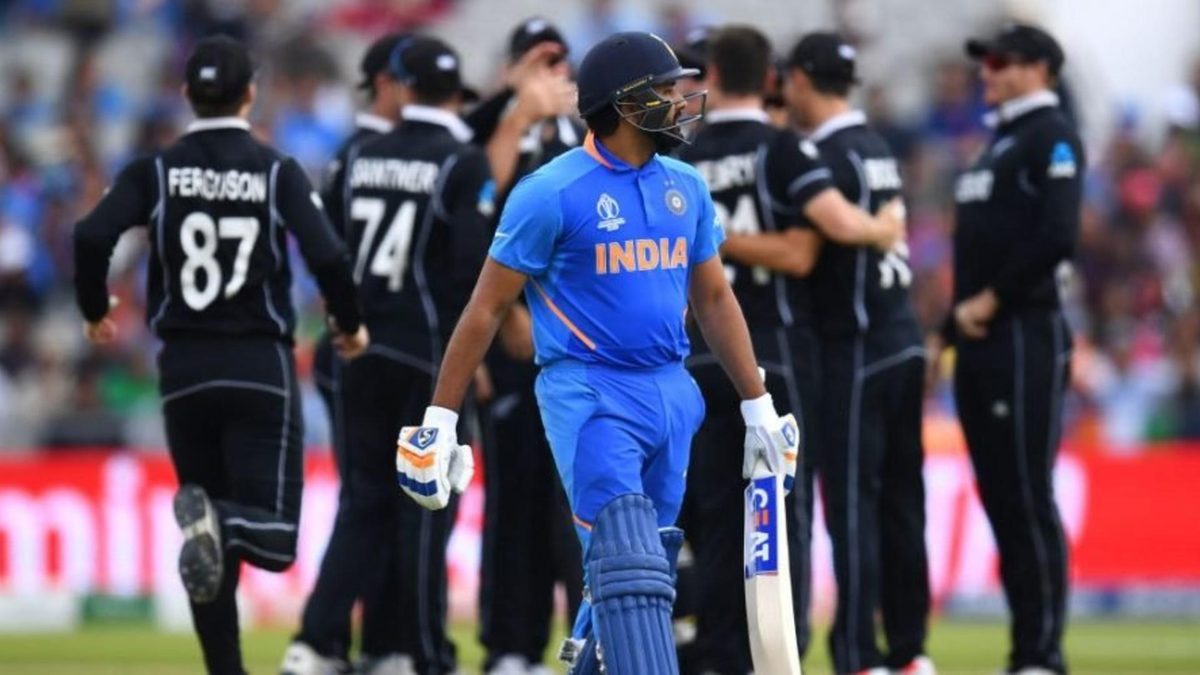
Apologies, then, to Josh Hazlewood, Jack Leach, Jason Roy, Rohit Sharma and Mitchell Starc. In another year, they might have made a compelling Five. But the summer of 2019 – World Cup, Ashes and all – was always likely to throw up a crowded list of candidates; not every drop of cream could rise to the top.
Lawrence Booth explains the dilemma in selecting Wisden’s Five Cricketers of the Year after a summer that saw some staggering performances from some of the best in business in a World Cup and an Ashes series.
Cricketers of the Year have been chosen by Wisden since 1889, usually in clumps of five (though there has also been a nine, a six, a four and three ones), and rarely without the editor’s sanity being questioned. But there is, in theory, a method to the madness: a player is picked only once, a quirk which is part of the award’s charm and distinctiveness; and, according to Almanack rubric, the selection is made on the basis of “excellence in and/or influence on the previous English summer”.
Winners have not always ticked both boxes, but the bar for admission to the class of 2020 was necessarily high. Leach, for instance, achieved near-cult status for his nightwatchman’s 92 , his one not out at Headingley, and his sweaty specs; he even spawned his own mask. Had he bowled Somerset to their first Championship title on the last day of the season, who knows? But an Ashes haul of 12 wickets was unexceptional. In the end, his influence outdid his excellence.
Sharma hit a record five World Cup hundreds, which in any other year would have guaranteed a place at high table. But India lost their semi-final to New Zealand (Sharma c Latham b Henry 1), and he was not the only opener to make hay. Roy’s return from injury gave England’s stuttering World Cup the shot of adrenalin it needed, then he struggled in the Ashes. Starc also broke a World Cup record (27 wickets), but was entrusted by Australia’s selectors with a single Ashes Test; come mid-September, he felt sidelined. Hazlewood was superb, but not even his side’s best bowler.
For the chosen Five, there were few such quibbles. Jofra Archer vied with Ben Stokes (selected in 2016, and so ineligible) as the all-format player of the summer. Pat Cummins was relentless with white ball and red, the Platonic ideal of a fast bowler. Simon Harmer’s off-breaks (as well as his occasional captaincy and lower-order hitting) inspired Essex to a unique Championship/Twenty20 double. Marnus Labuschagne piled up runs for Glamorgan, then somehow ensured Australia’s batting lost little for the absence of Steve Smith (like Stokes, a winner in 2016). Ellyse Perry bestrode the (women’s) Ashes like a colossus, or possibly a colossa. Excellence, influence: you name it, they displayed it.
“There were lots of people who could have made it. I expect to get a lot more flak than usual when the Five are announced on social media.”@the_topspin explains why choosing this year’s Five @WisdenAlmanack Cricketers of the Year proved difficult.https://t.co/E4WoyWS4ot
— Wisden (@WisdenCricket) April 8, 2020
Was there a case for plucking the Five solely from those involved in the World Cup and the (men’s) Ashes, the summer’s two highest-profile events? Perhaps, but the credentials of Harmer and Perry seemed stronger. County cricket and the women’s game did not deserve to be ignored.
The Five Cricketers have never claimed to represent the five best players of the previous summer; there are plenty of awards for that. Instead, they represent a one-off invitation to a hall of fame that now includes over 600 members. It’s possible no set of Five has set such high standards.








